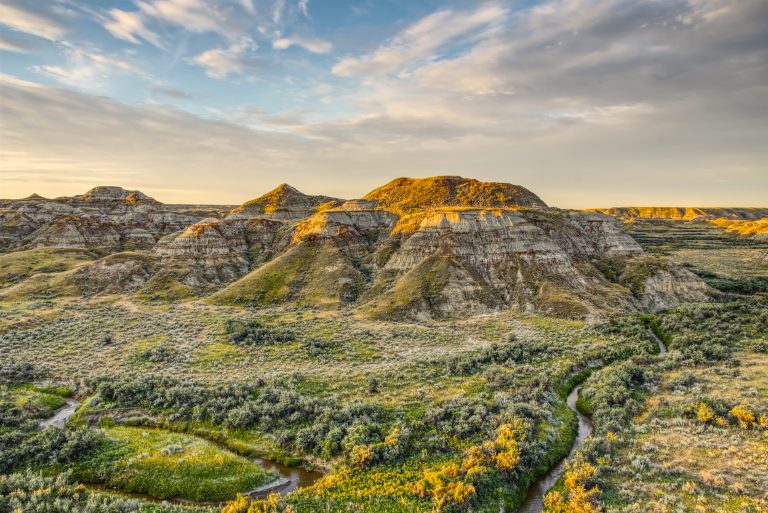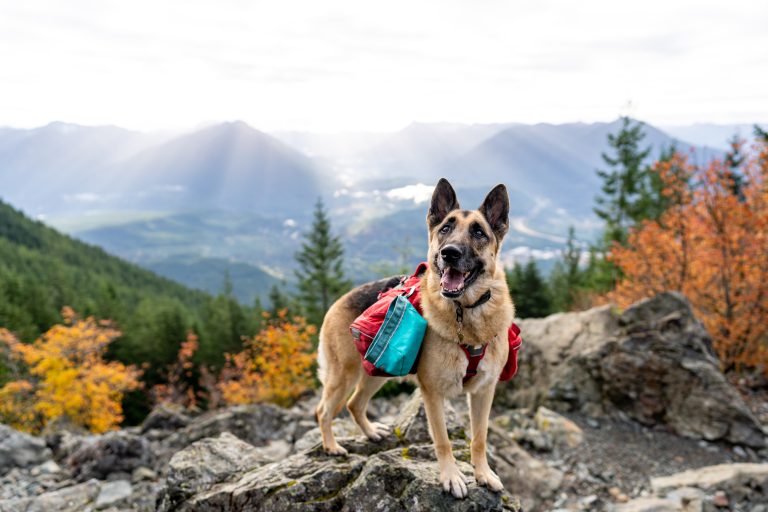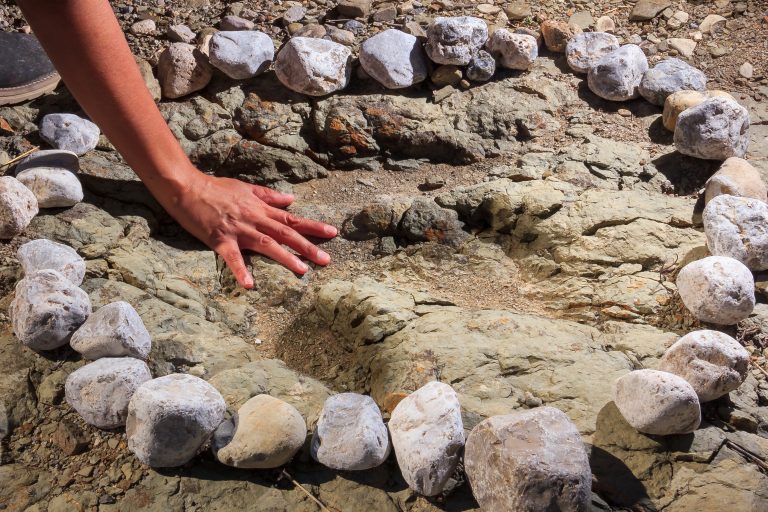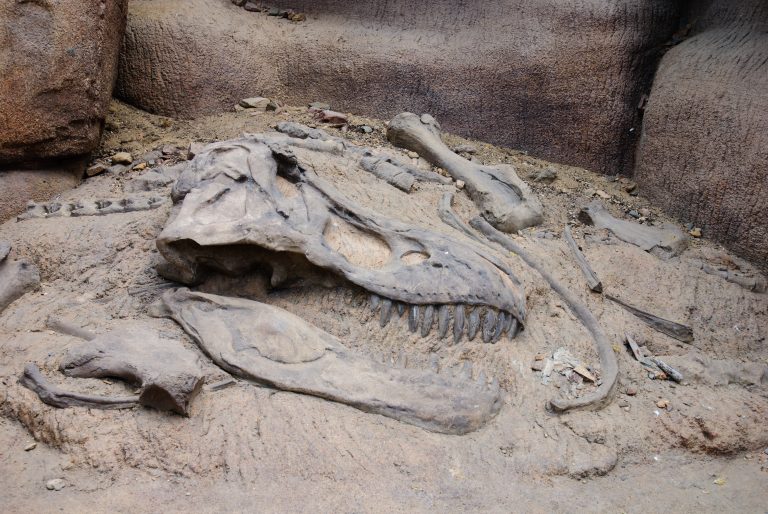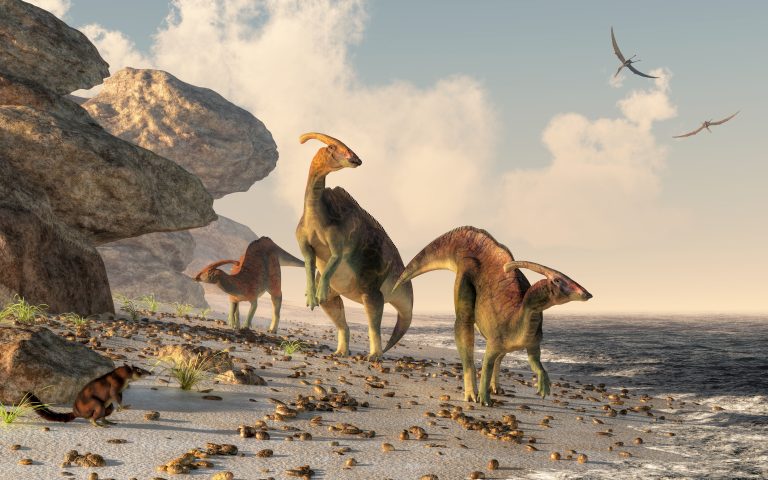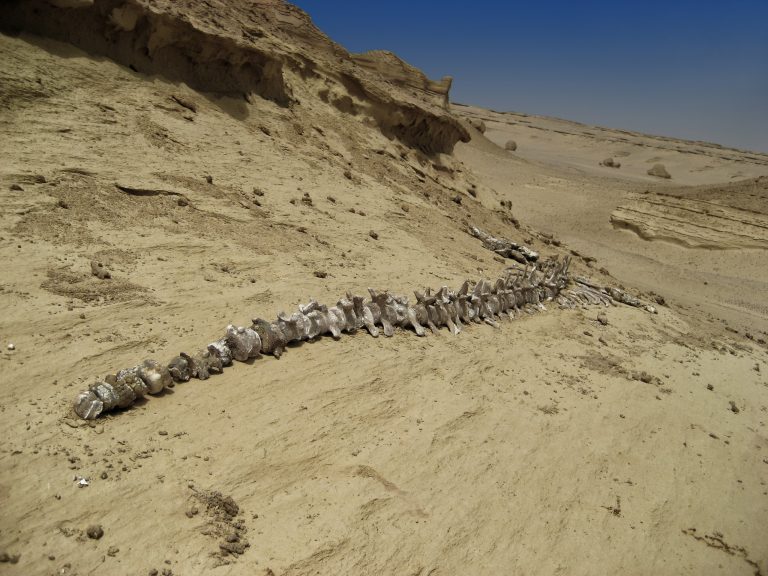9 Essential Tips for Handling Fossils Safely
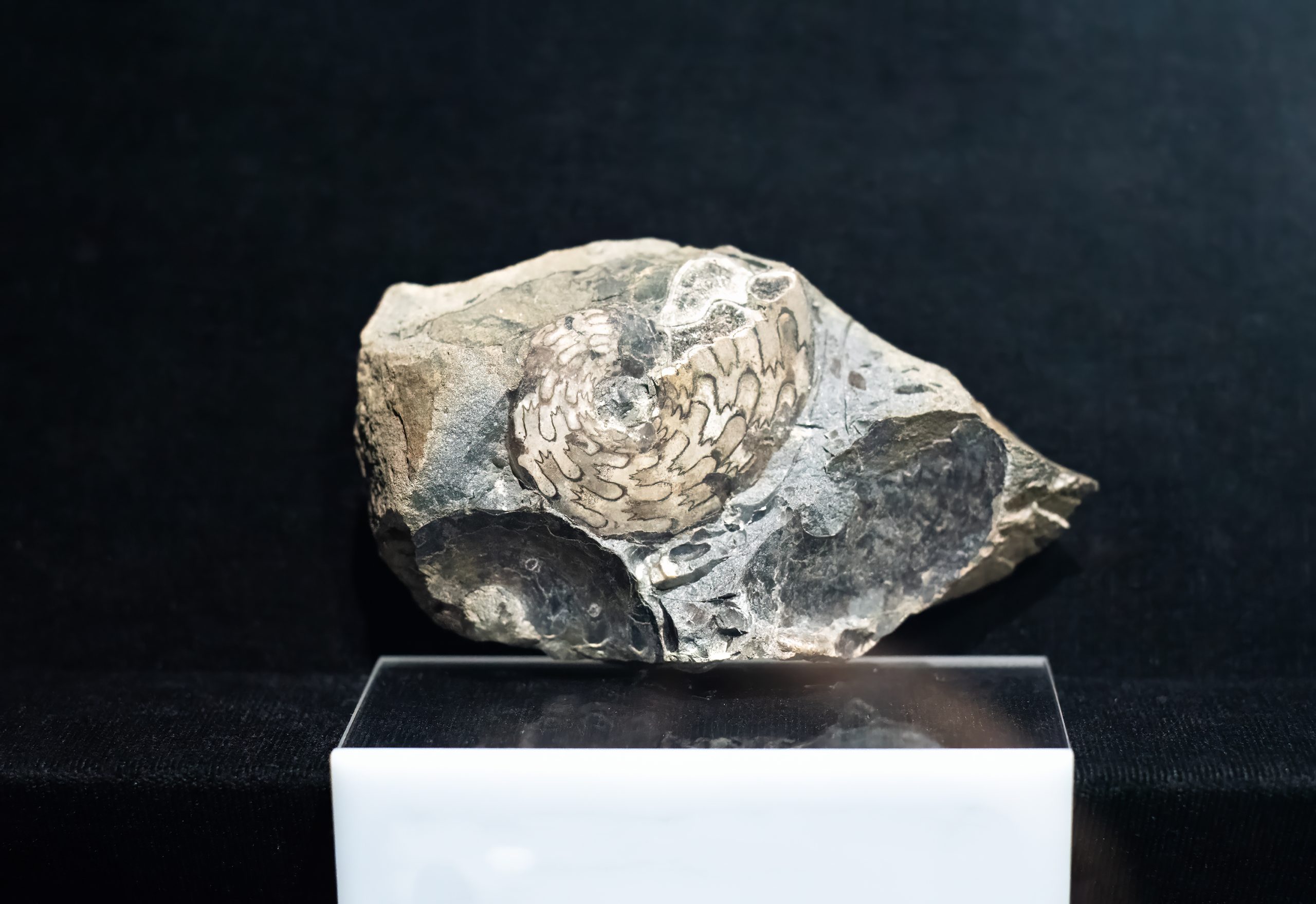
Imagine unearthing a relic from an ancient world, a tangible piece of history nestled in the earth just waiting for discovery. As thrilling as handling fossils can be, it’s important to do it safely and responsibly to preserve these treasures for posterity.
Fossils, echoes of a distant past, are as delicate as a house of cards. Despite surviving millions of years, treat each fossil with utmost respect due to its unique quirks and vulnerabilities. Handle them like your grandma’s china—it’s just common sense.
Approach every fossil as if it could crumble at a touch; some are encased in protective sediment, while others are fragile fragments. Mind the fossil’s environment; the surrounding rock is as vital as the fossil itself. Consider yourself a guardian of history in the field, protecting not just the fossil but its story and context in situ.
1. Equip with Proper Tools
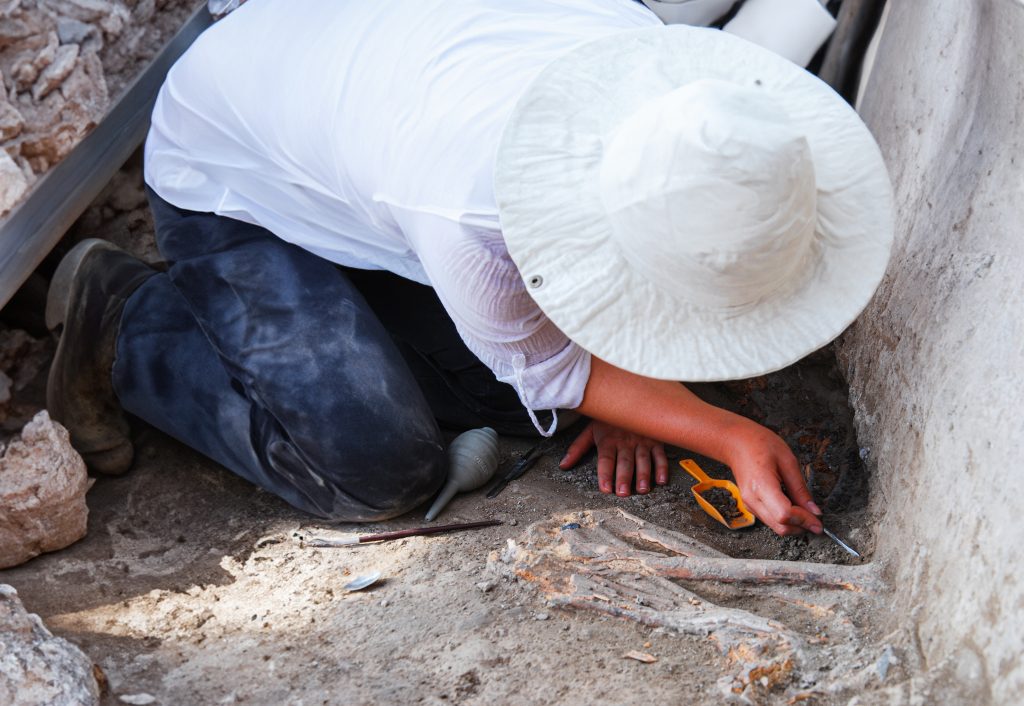
Choose the right tools for fossil excavation; brushes, chisels, and picks designed for paleontology are essential. Precision tweezers are game-changers for delicate pieces. Wear gloves to protect your hands and prevent skin oils from contaminating specimens.
Hey hey! Don’t forget to subscribe to get our best content 🙂
Prioritize personal protective equipment like safety glasses and sturdy boots to ensure safety on uneven terrain. Preserve history, not risk becoming history in a preventable injury.
2. Handle with Careful Techniques
Handling fossils requires a delicate touch and a dose of patience that would rival a saint’s. Imagine you’re performing a ballet with your hands—each movement should be intentional and gentle. When lifting a fossil, always support it from the base rather than grasping it from the sides or top. This approach minimizes stress on the most vulnerable parts.
If you’re extracting a fossil from its matrix, work slowly and methodically around the entire specimen, not just one side. This even approach prevents undue pressure that could fracture your precious find. And if you’re not confident in your ability to remove a fossil safely, there’s no shame in calling in a professional. Better to swallow your pride than to damage a piece of history.
When passing fossils to someone else, communicate clearly and pass them directly hand-to-hand—never toss or slide them across a surface. It’s like handing over a newborn baby; you wouldn’t just toss them to your partner, would you? (Please say no.) The same care should apply to fossils; after all, they’re the babies of the paleontological world.
3. Environmental Considerations
Fossils are a product of their environment, and that environment must be treated with respect. Disturbing the surrounding area can lead to erosion or other damage that could bury or destroy other undiscovered specimens. Always aim to leave the site as undisturbed as possible, which sometimes means putting aside the urge to dig deeper or wider than necessary.
Be mindful of the local flora and fauna as well. Trampling vegetation or disturbing wildlife habitats in your quest for fossils is a big no-no. Remember, we’re visitors in these spaces, and we should tread lightly. And let’s not forget about weather conditions. Rain, wind, and temperature changes can all affect the integrity of the site and the fossils within it. Plan your trips accordingly and be prepared to protect the site from the elements if needed.
Lastly, consider the long-term impact of your actions. Removing a fossil from its environment can sometimes do more harm than good. If it’s part of a larger, significant geological structure, its removal could disrupt valuable scientific data. When in doubt, consult with experts who can help determine the best course of action for preserving the site’s integrity.
4. Legal and Ethical Practices
This isn’t the Wild West; you can’t just claim fossils willy-nilly. There are laws and regulations governing fossil collection, and they vary by location. Before you even think about picking up that ancient shell, make sure you’re allowed to. Often, you’ll need permits, especially if you’re on government land. Ignorance isn’t a defense, so do your homework.
On private land, you’ll need the landowner’s permission—verbal agreements won’t cut it. Get it in writing to avoid any “he said, she said” situations later on. And just because you’ve got the green light doesn’t mean you can go all Indiana Jones. Respect the land, the law, and the scientific value of the fossils. Hoarding specimens or selling them for profit undermines their educational and scientific significance.
Also, consider the ethical implications of your actions. Removing fossils from their country of origin can deprive local communities of their natural heritage. Always think about the broader impact of your collection and strive to support the preservation of fossils within their home context whenever possible.
5. Documenting Your Find
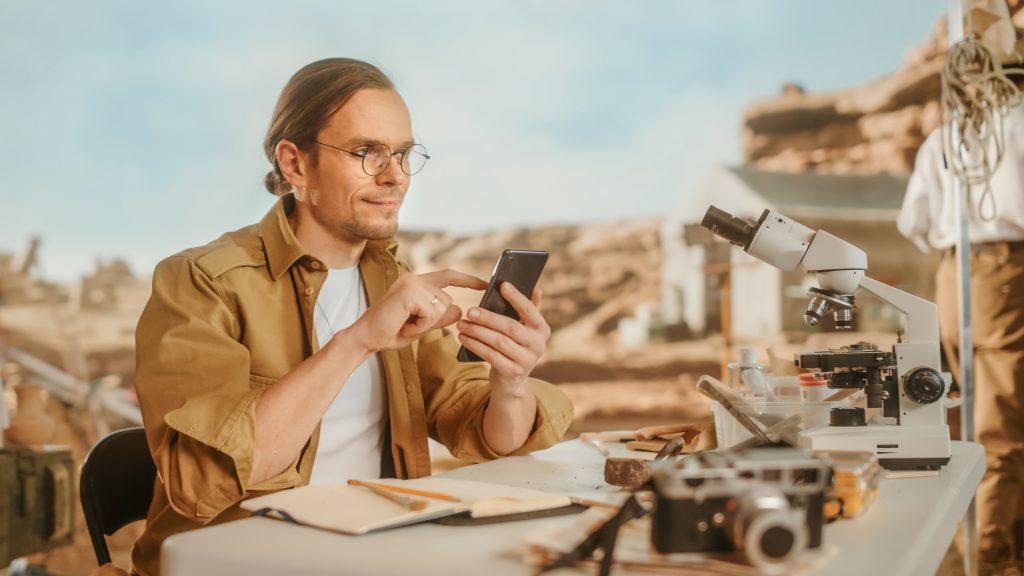
If a fossil is found in the forest and no one’s around to document it, does it make a scientific impact? The answer is a resounding no. Documentation is key. Take detailed notes of the fossil’s location, position, and any surrounding features. Sketches and photographs with a scale reference can be invaluable for future study and context.
GPS coordinates are worth their weight in gold in the paleo world—figuratively speaking, of course. They allow you and others to relocate the site with precision. And don’t forget to jot down the date and weather conditions. These details might seem trivial, but they can be crucial for understanding the fossil’s environment.
Lastly, sharing your documentation with the scientific community is vital. By contributing to the broader pool of knowledge, you’re helping to build a more complete picture of the past. It’s like adding a piece of the puzzle to the grand narrative of Earth’s history. So, don’t keep your findings under wraps; let them shine in the scientific spotlight.
6. Cleaning and Preservation
Once you’ve safely extracted your fossil, it’s tempting to give it a good scrub to reveal its hidden beauty. But hold your horses! Cleaning fossils is a delicate process that requires the right techniques and solutions. Start with soft brushes and mild soaps, and only escalate to stronger methods if you’re certain it won’t damage the specimen.
Preservation is the name of the game. Sometimes, that means leaving a bit of matrix attached for added stability or using consolidants to strengthen fragile specimens. Think of it as giving your fossil a protective armor against the ravages of time. Always test any chemicals on a small, inconspicuous area first to avoid a preservation disaster.
Remember, some fossils may continue to deteriorate if not properly stabilized. If you’re out of your depth, seek advice from a professional conservator. Their expertise can ensure that your find remains in tip-top shape for generations to come. It’s a small price to pay for the longevity of a piece of history.
7. Storage Solutions for Safety
After all the hard work of finding and preserving your fossils, the last thing you want is for them to get damaged in storage. Think of your storage space as a museum for your mini collection. Use sturdy containers that can support the weight of your fossils without warping. Padding is your friend—use foam or other soft materials to cushion your specimens and prevent them from knocking against each other.
Temperature and humidity control are also crucial. Fluctuations can cause fossils to expand and contract, leading to cracks or other damage. A stable environment will keep them in the same condition you found them. And be sure to label your containers with all the relevant information (remember all that documentation you did?). This will save you a headache when you’re trying to find a specific fossil later on.
For extra delicate or valuable specimens, consider custom mounts or display cases. These not only protect your fossils but also make them easier to view and appreciate. Just imagine the awe on your friends’ faces when they see your finds presented like the crown jewels. (Okay, maybe that’s a bit much, but you get the idea.)
8. Transporting Fossils Securely
Transporting fossils can be as nerve-wracking as defusing a bomb. Okay, maybe not quite that intense, but it’s still a high-stakes endeavor. Wrap each fossil individually, and give them plenty of padding to absorb any shocks or bumps along the way. Use rigid containers that won’t collapse under pressure, and if you’re shipping them, consider double-boxing for extra security.
When traveling by car, secure your containers so they won’t slide around or topple over. Sudden stops or sharp turns can be disastrous for your fragile cargo. And if you’re flying, keep your most precious finds in your carry-on luggage. You wouldn’t check your grandmother’s heirloom vase, so apply the same caution to your fossils.
For international transport, be aware of customs regulations and any necessary documentation. Some countries have strict rules about exporting natural heritage, and you don’t want your fossils to end up in quarantine—or worse, confiscated. A little bit of preparation can ensure that your finds make it home safely and legally.
9. Sharing Finds Responsibly
Share your fossil finds responsibly online by omitting specific location details. Instead, focus on experiences and scientific insights. Educate about preservation, promote respect, and consider donating significant finds to museums. Connect with the paleontological community through conferences and forums to foster collective understanding and appreciation. It’s a win-win for everyone.
Handling fossils safely is a blend of art and science, requiring patience, knowledge, and a deep respect for the past. By following these essential tips, you can ensure that these ancient treasures are preserved for future generations to marvel at. So go forth, explore, and remember: the next great discovery could be just beneath your feet.

